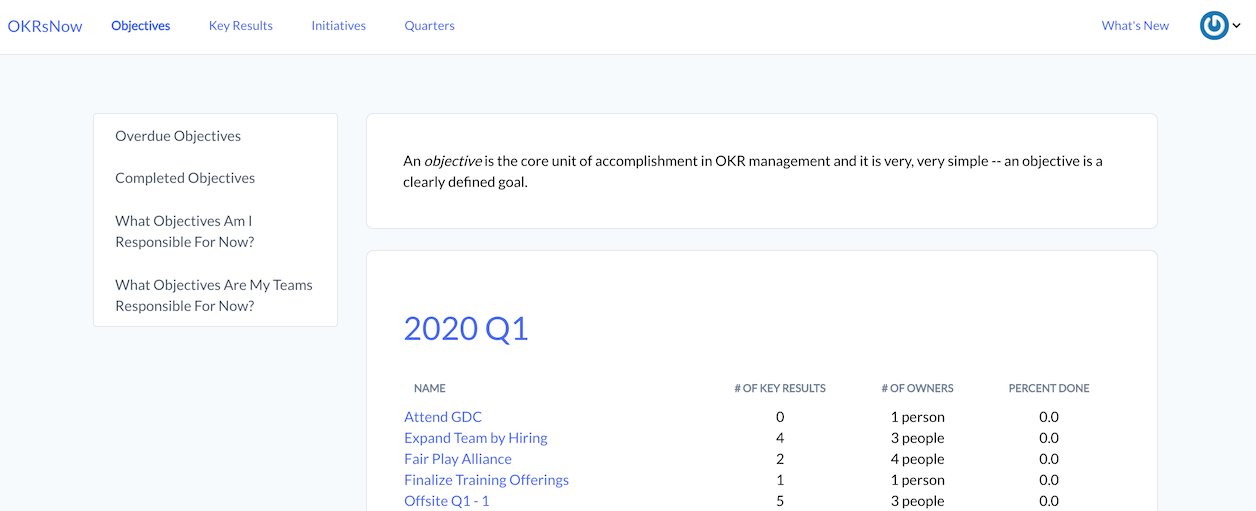How Do You Know What ActiveRecord Table Has a user_id Attribute?

Even though I'm a firm, firm believer in agile, I've recently been experimenting with a throwback to waterfall style development and it very quickly left me with a fully featured data structure of tables and relationships modeled as example data. What I did is very rapidly write a series of migrations and then populate them to represent a sample "installation". My goal with this approach was to play to my strengths – data modeling – and avoid getting tied down in user interface stuff (my weakness).
This was a very, very interesting approach and what I found was that I got much further along the lines of the "guts" of an application simply because I never got discouraged by:
Oh Shite – I know this should look good but I'm too much of a hoser to make it look good; I guess I'll put it aside and go watch TV
The downside to this is that I never bothered setting up the normal associations that you do when you write a migration; I simply thought about this application in terms of the example data:
- the users who would be using the system
- the data objects that they would create
- how the data objects would interact with each other
One of the things that I noticed when I started filling in the basics like "belongs_to :user" was that I kept constantly jumping between the class I was working on and the schema file. Finally it hit me – what I needed was a method that I could execute in the console that would tell me what classes had a user_id attribute. And so I wrote a class called DataObject (for an ActiveRecord class which stores data) and a method .has_user_id. What I was looking for was output that looked like this:
> DataObject.has_user_id
Initiative
Yes - has a user_id field
KeyResultOwner
Yes - has a user_id field
KeyResult
Yes - has a user_id field
ObjectiveOwner
Yes - has a user_id field
ObjectiveType
Objective
Yes - has a user_id field
OkrTeamMember
Yes - has a user_id field
OkrTeam
Yes - has a user_id field
OrganizationGroup
Organization
Quarter
ResponsibilityRole
State
Yes - has a user_id field
User
Here's the entirety of the DataObject class:
class DataObject
def self.all
[Initiative, KeyResultOwner, KeyResult, ObjectiveOwner, ObjectiveType, Objective, OkrTeamMember, OkrTeam, OrganizationGroup, Organization, Quarter, ResponsibilityRole, State, User]
end
# DataObject.has_user_id
def self.has_user_id
DataObject.all.each do |klass|
puts klass.name
inst = klass.new
if inst.respond_to?(:user_id)
puts "Yes - has a user_id field"
end
end
nil
end
end
You'll notice the self.all class method returns a list of classes specific to my application. These are the classes that actually make up the business logic. I needed to NOT pull all classes in the application because I built this on top of a new framework, JumpStart Pro (see next section). JumpStart Pro has a bunch of its own classes for things like Credit Cards, Charges, etc. I only wanted to focus on the classes that I implemented; hence the .all method.
In order to use this, all I need to do is go into a console, which I always, always have open anyway (Thanks Jared) and then type DataObject.has_user_id and I'll get a print out similar to the above list. Using this I was able to much more easily move from class to class and add in my belongs_to user relationships.
Note: It took about 3 to 4 times longer to write this blog post than it did to write this class.
Sidebar: GoRails JumpStart
Given that my weakest skill is user interface, I chose, right from the start, to build this on top of GoRails' JumpStart Pro product which is a framework for building Rails app and giving you a solid set of underpinnings for a SAAS app. I've been ridiculously happy so far with JumpStart Pro. Here's an example of the high quality user interface I've seen from it:


This last image, the drop down calendar, I did zero work to get that to appear. All I did was change the field type from a text field to a date field:
<div class="form-group">
<%= form.label :date_end_at %>
<%= form.date_field :date_end_at, placeholder: "When Do You Need to Complete This?", autofocus: true, class: "form-control" %>
</div>
I will fully admit that I don't actually know if this drop down comes from JumpStart Pro or from Rails 6 and the new form with style forms but, damn is it sexy as hell to get a drop down calendar without ever doing a damn thing. Here's what I said to my wife as I discovered this in the car on the way home from seeing Trans Siberian Orchestra:
Man that's sexy. I think I'm more than a bit hard …
JumpStart Pro – Absolutely recommended.
Posted In: #rails #active_record #metaprogramming #jumpstart